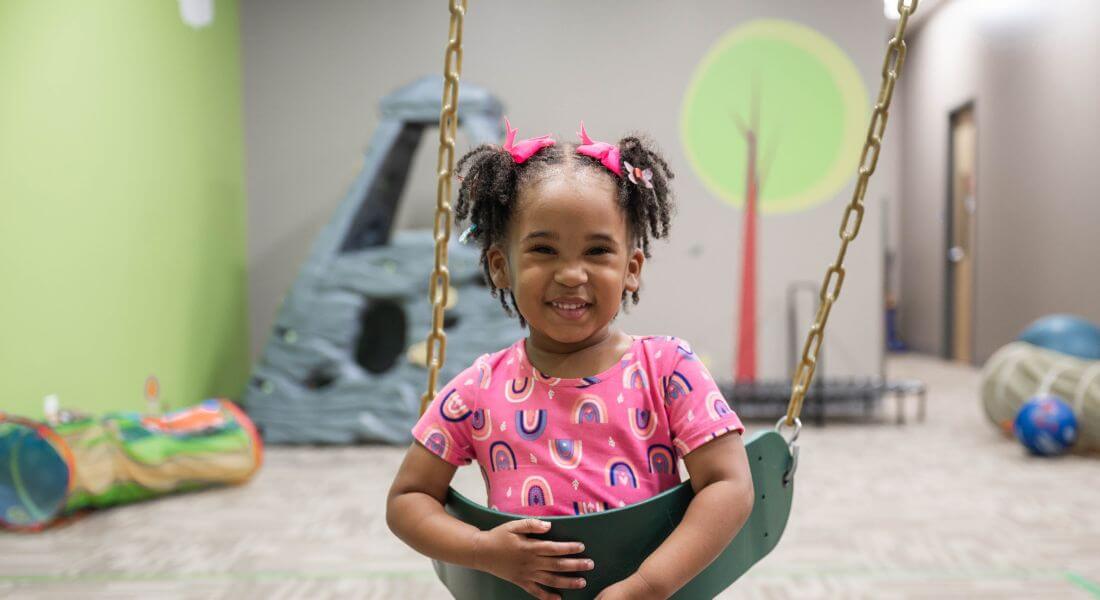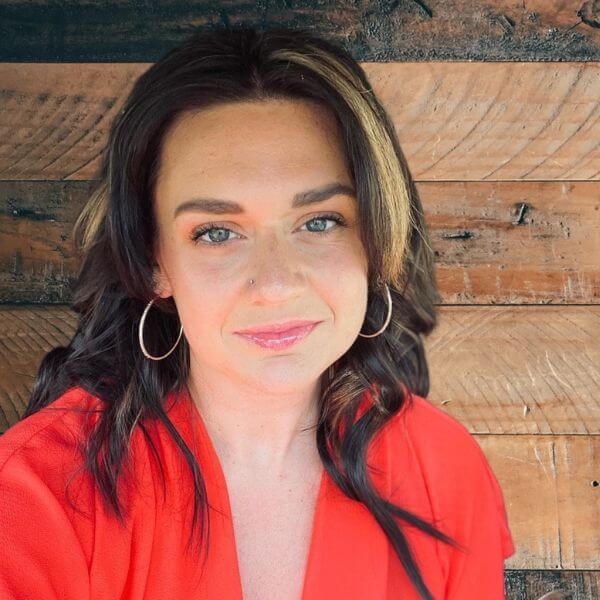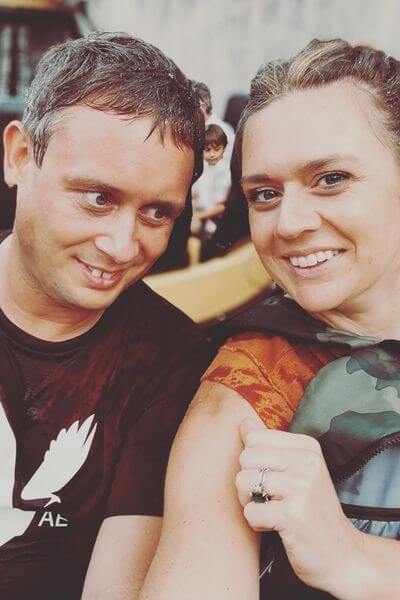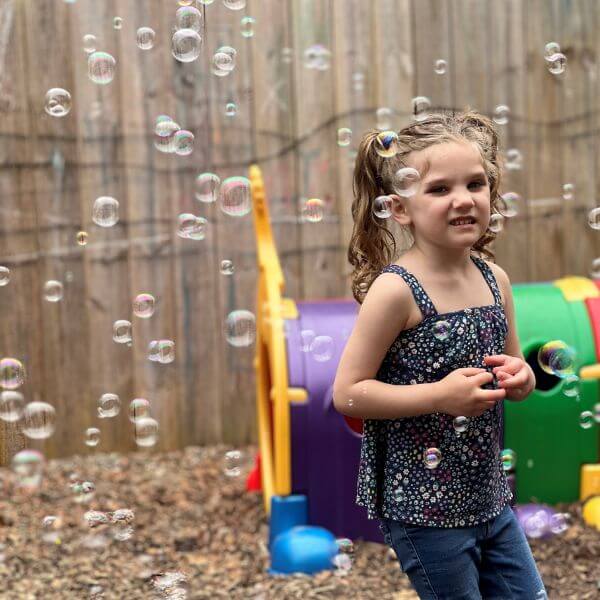How ‘Happy Relaxed Engaged’ Teaching Benefits Families
November 10, 2022
November 10, 2022

Teamwork is a huge part of our success at Hopebridge Autism Therapy Centers. You can find it in the collaboration between our interdisciplinary therapists, and you can see it in the way our clinicians work so closely with caregivers. But who’s the most important teammate to us? Your child is our #1.

“This process is meant to be an empathetic response to learners. We aren’t ignoring the difficulties they might be experiencing, though we are encouraging them to persist, at times. We’re teaming up with them, not manipulating them, to help them reach those life-changing skills,” said BCBA and Clinical Director of Functional Assessment Taylor Thomas while speaking about our focus on “Happy, Relaxed, and Engaged” (HRE) children here in our centers.
In the past couple weeks, we’ve covered what the HRE approach is and how it is implemented at Hopebridge, but as a parent, you may be wondering what it means for you and your child.
In the third part of our series on HRE in ABA, Taylor covers the impact that this approach can have on children and families when used during applied behavior analysis (ABA) therapy.
“I grew up in an autism household. My older brother has autism, so it’s all I knew,” said Taylor. “There was a lot of stereotypy and rigidity—if my brother had his way, we would’ve eaten dinner every night at 6:03.”
Looking back at everything, Taylor wonders where they could have made allowances, and at what points it may have prevented her brother or others in the family from accessing joy somewhere else. Which pieces were just inconveniences for the family and which were skill deficits?

“Was it ok that he tried to dictate exactly what time we needed to eat? I think so, as we can mostly adapt to the time of dinner, and it helped him avoid crisis behaviors. The problem lies when dinner cannot be at 6:03, causing crisis behaviors. Life happens sometimes, and he wasn’t able to cope with it,” said Taylor.
“His challenge with social skills prevented him from accessing joy in other areas because he could not hang out with friends. I want to help our Hopebridge kiddos find the skills that will change the lives of everyone in the family, which could be anything from communicating with siblings to teaching them to play a board game.”
Rather than creating eggshells around kids to reduce challenging behaviors, the goal of HRE is to enable children to willingly participate so there is more ease in generalization into the home and other areas outside our center walls.
Taylor painted a picture for us as an example. Imagine a child who experiences a reduction in behaviors, but only when on medication, using a visual schedule, a token board and with one specific RBT. At the same time, that RBT must eliminate the words “no,” “go,” and “done,” and set a timer so the child can receive a treat every 15 minutes.
“Maybe this child can accomplish new skills in this perfectly setup environment, but how can we expect a parent set this up in their own home every day?” said Taylor. “I’m not knocking these tactics, but I do want to make sure we as clinicians are not complacent in our practices nor become too reliant on these supports. HRE helps us sprinkle in some of these elements to create more learning opportunities, rather than relying on them too heavily.”

Just like other areas of ABA and autism therapy, implementing the HRE concept successfully takes time and patience. Caregivers may want their 5-year-old toileting already, but if they have been trying without progress, there might be other skills that need focus first. It’s not as simple as asking them to use the bathroom; there are possibly a dozen smaller skills needed along the way, such as asking, tolerating, transitioning and cleaning.
Taylor also shared the power of HRE in a real-life scenario at Hopebridge. She worked with a child who experienced severe self-injurious behaviors, which were heartbreaking for his family to witness. Although the child is not yet far into treatment – with most of the success yet to come – the family already notices he is calmer, happier and more present with them.
“Social skills are where I see the biggest switch as a result of HRE and SBT. Tolerance and interest in peers tend to explode when we remove all of these unintentional boundaries,” said Taylor. “When you allow them to be who they want to be, the walls disappear and suddenly, they might be asking another kid to play with them. It’s interesting to see how these skills that we typically worked so hard for can naturally arise when we switch the method of teaching.”
For caregivers interested in finding out more about Hopebridge’s compassionate care and clinical excellence, reach out to us for information on how our autism testing and individualized therapy programs can benefit your child.
*Informed consent was obtained from the participants in this article. This information should not be captured and reused without express permission from Hopebridge, LLC. Testimonials are solicited as part of an open casting call process for testimonials from former client caregivers. Hopebridge does not permit clinical employees to solicit or use testimonials about therapeutic services received from current clients (Ethics Code for Behavior Analysts 5.07-5.08; BACB, 2020). Hopebridge does not provide any incentives, compensation, or renumeration for testimonials provided by a former client or client caregiver.